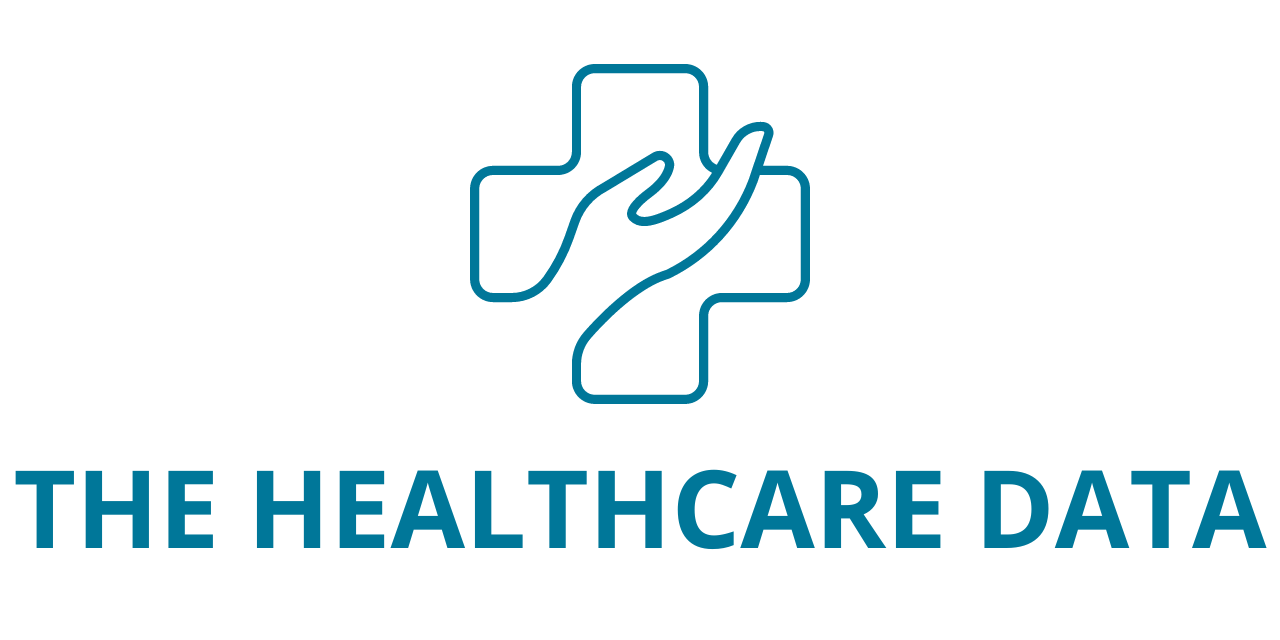The healthcare landscape in the United States, historically characterized by slim profit margins, is currently grappling with various challenges such as changes in reimbursement models, inflation triggered by the pandemic, escalating supply costs, and staffing shortages. These hurdles have led to diminishing margins and, in numerous instances, financial deficits for healthcare institutions. To confront these challenges, healthcare leaders are acknowledging the imperative to scrutinize all manageable expenses, with a particular emphasis on reducing labor costs where feasible and safe.
Labor costs have traditionally accounted for over half of an organization’s operational budget. According to recent analysis by PINC AI™, labor expenses surged by 23 percent between 2018 and 2022. Additionally, premium pay, including overtime, has seen a rise since 2018. One effective approach for a healthcare organization to mitigate these expenses and bolster its financial sustainability is to address the factors driving overtime costs.
Here are three crucial areas for organizations to prioritize, aiming to enhance labor expenses, with a specific focus on controllable costs such as overtime:
- Crafting a Workforce Management Strategy (WFM) Developing an organizational strategy for workforce management is crucial to steer the overall labor budgets of the institution. This strategy encompasses various elements essential for comprehensive planning, including recruitment and retention, skill mix (licensed/unlicensed), workforce configuration (full-time, part-time, PRN, float), as well as education, orientation, and premium pay, including overtime.
A well-defined strategy assists departments in formulating their budgets and programs effectively. For instance:
- Human Resources devises recruitment and retention strategies.
- Nursing formulates strategies for skill mix, workforce configuration, and float pool sizing.
- Other operational efficiencies to consider include cross-training employees for increased flexibility during low census periods and establishing appropriate patient throughput/discharge processes.
- Identifying Unnecessary Overtime Monitoring premium pay, including overtime, should be a proactive and consistent practice undertaken by both senior management and department leaders as part of an effective WFM strategy. Organizations performing well in this aspect integrate expectations and accountability into their daily WFM practices, leading to tighter management of premium pay.
Addressing unplanned or unapproved overtime requires establishing proper controls for approval and monitoring of overtime, thereby preventing issues such as staff burnout and poor morale. Key considerations include benchmarking against peers, establishing realistic performance targets, creating visibility and accountability for overtime usage, and implementing an overtime approval process.
- Leveraging Data An effective WFM program relies on sustainable and reliable data to enable proactive management and monitoring of labor performance, including overtime. Premier’s PINC AI™ OperationsAdvisor® labor management system facilitates benchmarking of overtime externally and monitoring of bi-weekly overtime usage internally.
By leveraging external benchmarks and internal data monitoring, healthcare leaders can gain valuable insights to optimize workforce productivity, identify innovative staffing approaches, and set realistic goals and expectations for their organizations. Ultimately, PINC AI™ OperationsAdvisor® empowers healthcare organizations with the information needed to excel in their competitive environment.





